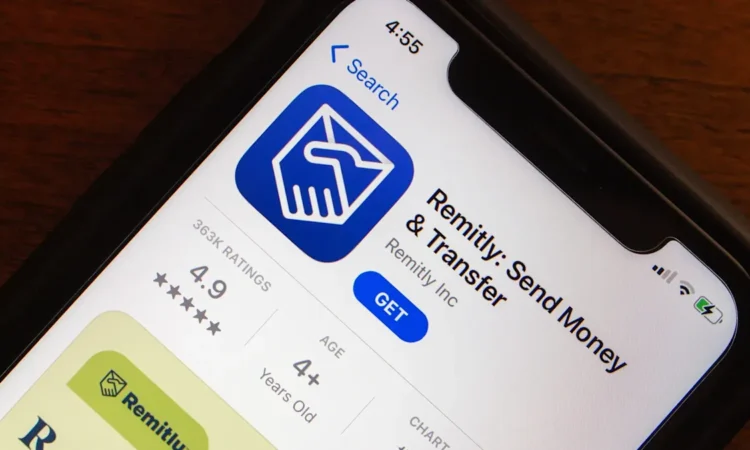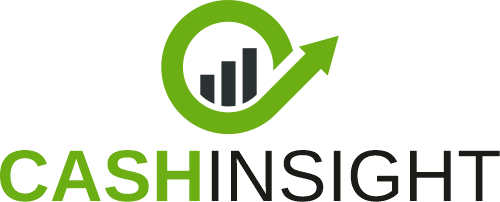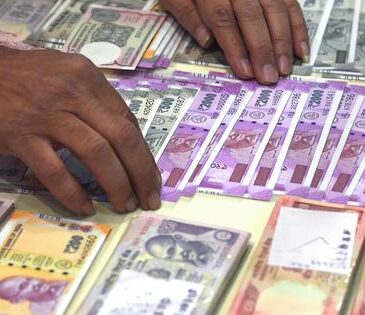
This story was originally published on Payments Dive. To receive daily news and insights, subscribe to our free daily Payments Dive newsletter.
When major payments players got together to talk about moving money between countries at a fintech conference last week, stablecoins always seemed to be a part of the discussion. The digital assets are frequently held up as a way to simplify and reduce the cost of cross-border transactions.
But stablecoins have a number of other practical applications, according to a top executive for the Milwaukee-based payments processor Fiserv.
The digital currencies, which are tied to the value of a fiat currency like the dollar, can also be used to move money between banks and to settle insurance bills, said Sunil Sachdev, Fiserv’s head of embedded finance.
Blockchains, the distributed ledgers that make it possible to move cryptocurrencies from person to person, are accessible 24 hours a day, he noted, making stablecoins appealing to financial institutions for all manner of transactions.
“You can move that money outside of normal banking hours,” Sachdev said in an interview Oct. 26 on the sidelines of Money 20/20 in Las Vegas.
Moving money between countries by traditional means is both expensive and complicated, with multiple players needed on both sides of the border to move a payment to its final destination.
With stablecoins, the sender can convert their money into the digital assets and send them to another country where the recipient can then exchange the cryptocurrencies for their own currency.
Tying stablecoins to a fiat currency theoretically makes them less volatile than digital currencies such as Bitcoin.
Fiserv has made moves into the cryptocurrency space this year, introducing its own stablecoin and partnering with a state-owned bank in North Dakota to introduce a separate stablecoin there some time next year.
The digital assets could speed the movement of money between U.S. banks, Sachdev said. Currently, the Federal Reserve plays a significant role in such bank transfers.
The Bank of North Dakota “almost acts like the Fed, it’s a wholesale bank that helps fund all other banks in the state,” he said. “There’s money movement constantly between those entities, and by putting that on the blockchain, [banks] can move that money outside of banking hours.”
Sachdev outlined other possible uses for stablecoins.
“We talked to a financial institution that was looking at tokenizing escrow and title insurance on the blockchain,” he said. “Today, you do that through the back and middle office. Tomorrow, you’ll be able to program it on the blockchain. Those are the types of use cases that we’re working on.”




